July/August 2024 edition of Interactions magazine is out


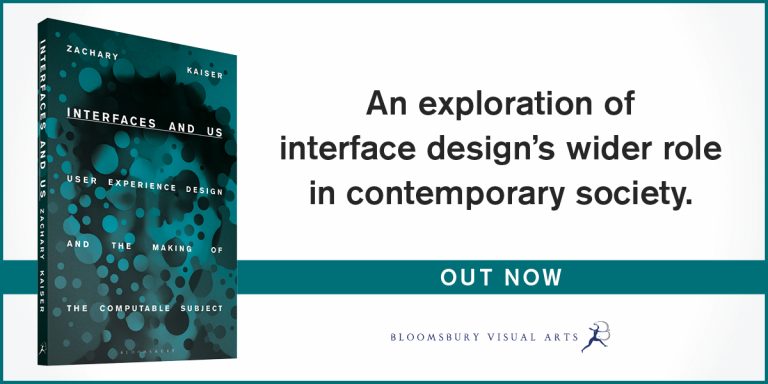
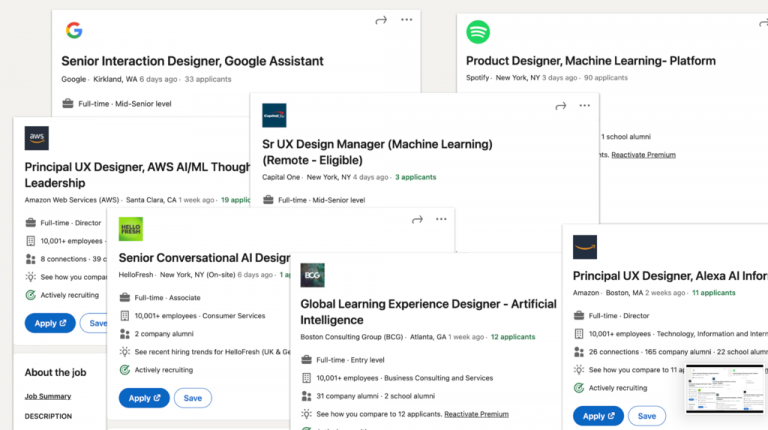

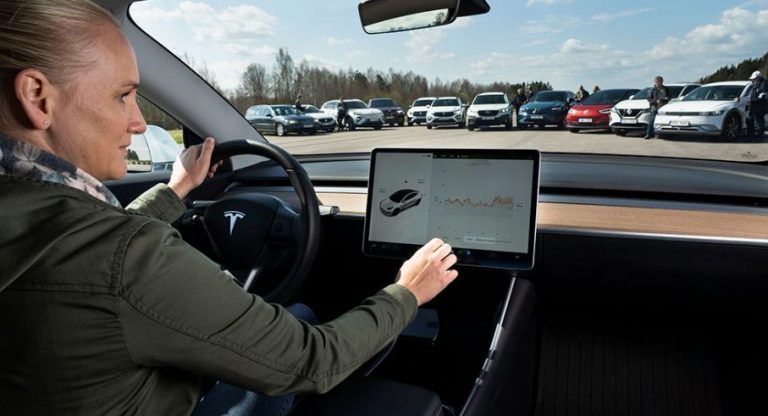
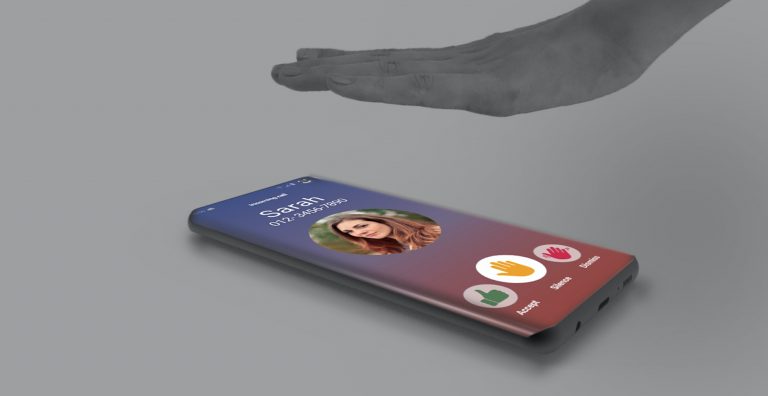

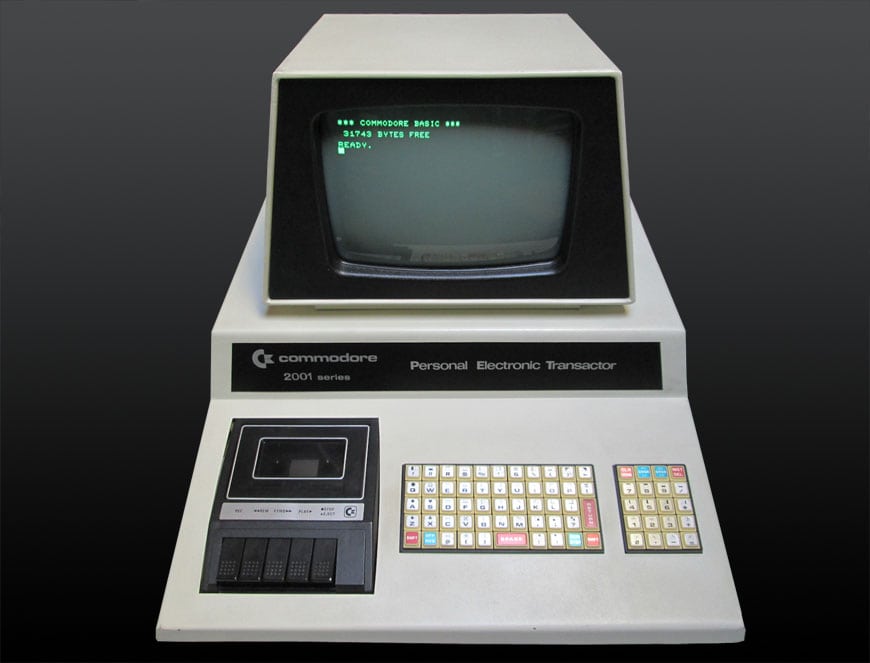
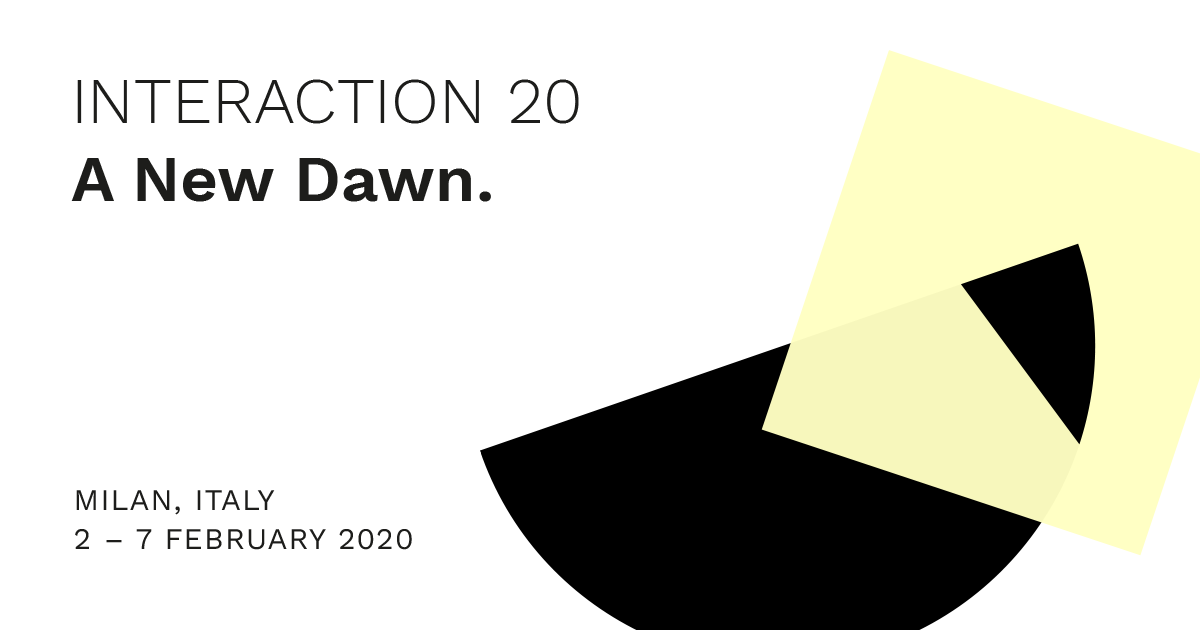




Ripostato da Medium – English version Il mondo del fashion sta diventando sempre di più digitale. Non si tratta solo di dispositivi da indossare, ma anche e soprattutto di abbigliamento, realizzato con tessuti in cui sono effettivamente integrati dei sensori…

Reposted from Medium – Versione italiana The world of fashion is becoming increasingly digital — and not just wearable devices, but with clothing made from fabrics that actually integrate sensors and technology that can monitor and measure the wearer. As fashion starts…
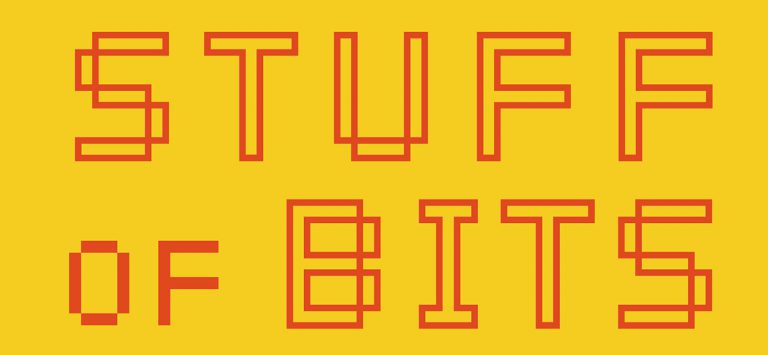
The Stuff of Bits: An Essay on the Materialities of Information by Paul Dourish MIT Press, May 2017 264 pages Virtual entities that populate our digital experience, like e-books, virtual worlds, and online stores, are backed by the large-scale physical…
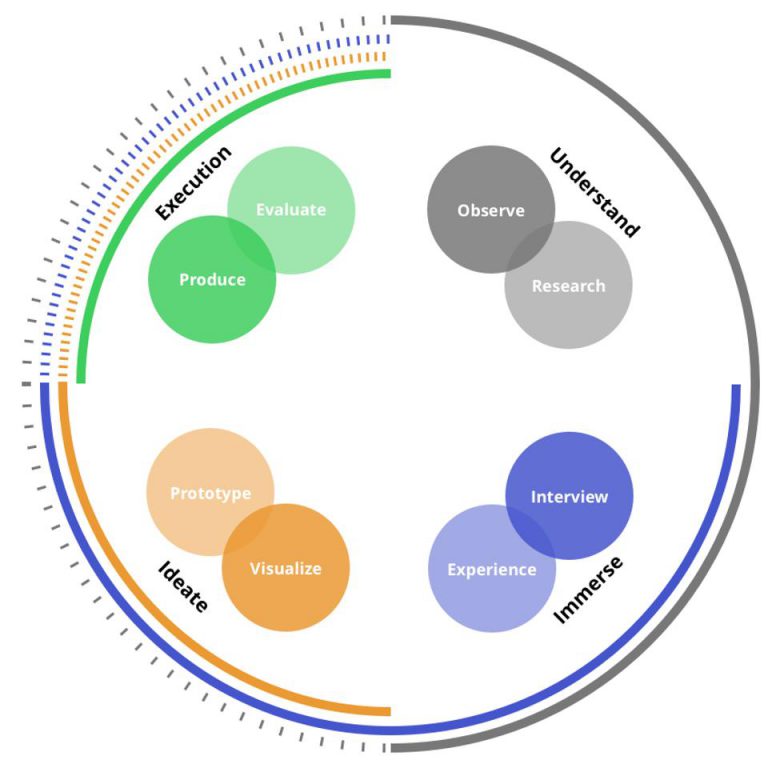
Forbes Product Member, Alec Pomnichowski, describes the parallels between architecture and product development thinking. He asks product-types to be considerate and thoughtful about the ways in which users experience products and find value in them through time. Good architects will…

Ralph Ammer argues that interaction design is based on technological thinking and restricted to profitable applications, and proposes a new direction, which he calls “Natural Design”, centered around biological systems. The principles are: 1. Our designs show our relations towards…
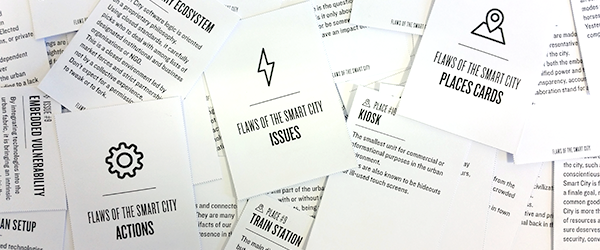
Flaws of the Smart City is a critical, workshop-tailored kit to explore the dark faces of the so-called Smart Cities. As any hardware or software piece, the connected cities embed flaws. This kit aims to fix these weak spots or…

Gillian Crampton Smith (among others former director of the legendary Interaction Design Institute Ivrea) and Philip Tabor (among others fomer director of the Bartlett School of Architecture) will direct a new Master in Interaction Design (MIxD) in the Veneto Region…
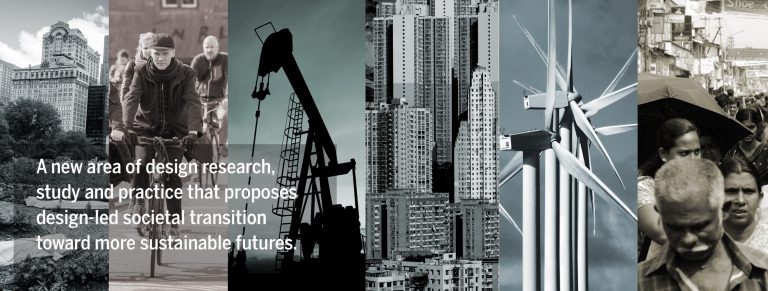
The School of Design at Carnegie Mellon University has started talking about ‘Transition Design.’ In his long reflection about this new kind of design practice, Cameron Tonkinwise, CMU’s Director of Design and Doctoral Studies, writes: Transition refers to phased change…